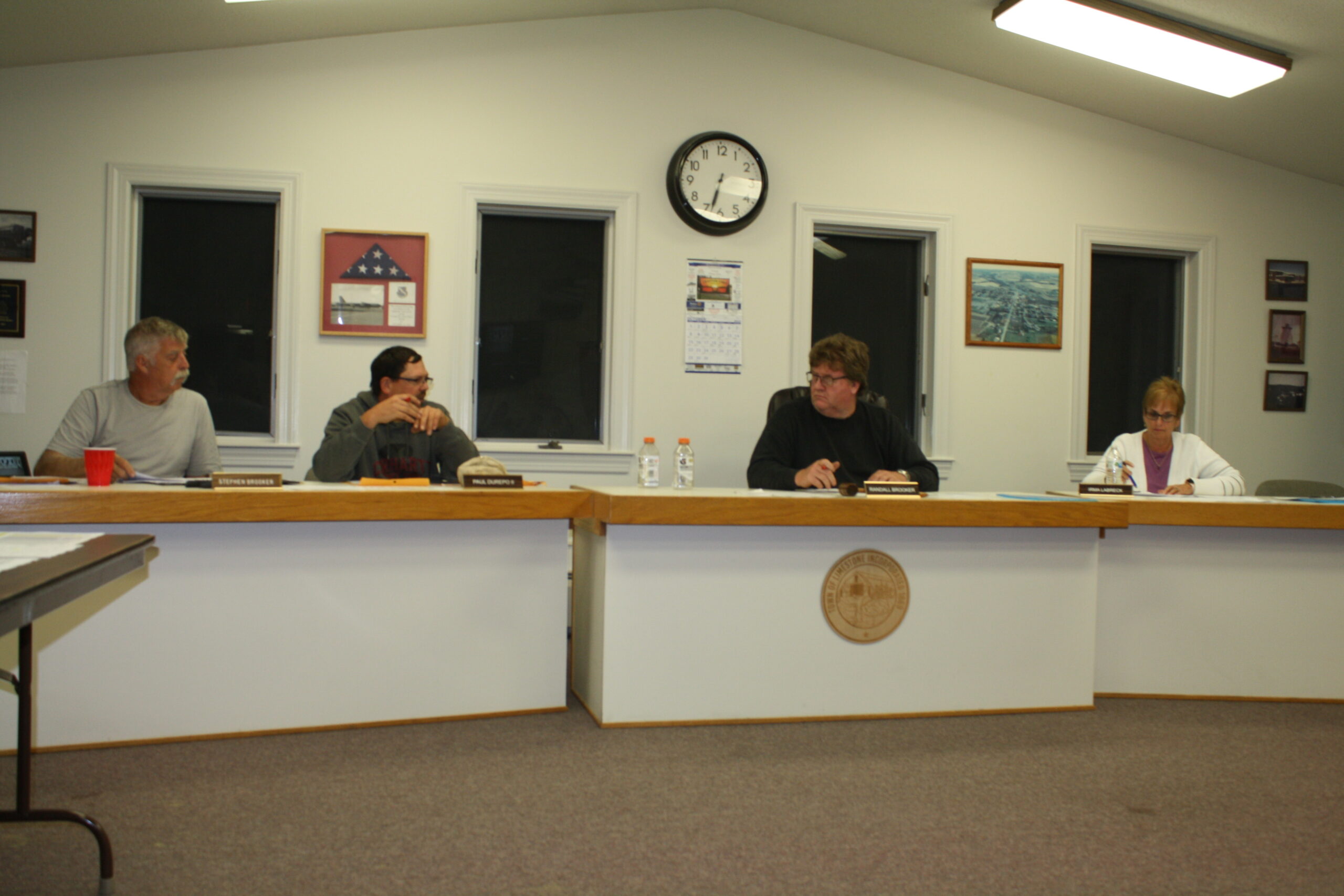
LIMESTONE, Maine – Limestone officials approved the town’s biggest mill rate drop in years during a vote Wednesday night.
The 2023 mill rate will be 22.69 mills per $1,000 of property value, compared with 28 mills in 2022. It’s the lowest mill rate the town has had since 2019 when the rate was 20.62, according to state valuation records.
The 22.69 mill rate will give the town a $103,663 overlay compared with last year’s overlay of only $29,518.
Tax bills will be sent to residents on November 1. People will then have 30 days to pay taxes and those who pay the full amount prior to December 1 will receive a 3 percent discount. The 4 percent interest rate for delinquent taxes will begin in January, said Interim Town Manager Alan Mulherin.
This year’s mill rate is significantly lower than the 6-mill increase officials were originally projecting due to town and school budget increases. The higher overlay will potentially allow the town to put money in reserves for much-needed projects, including a long overdue town-wide tax revaluation, Mulherin noted.
“I don’t think [a revaluation] has been done for at least 23 years and we’re supposed to do one every 10 years,” Mulherin said.
Tax assessor Brandon Saucier attributed the lower mill rate and higher overlay to huge gains in taxable property, including real estate and business personal property at the former Loring Air Force Base, part of which is now owned by Green 4 Maine.
Unlike Loring Development Authority, Green 4 Maine is a private entity subject to taxation, Saucier said. He originally projected that Green 4 Maine owned 26 buildings on the former base, but later found that there are actually 58 on their 450 acres.
Limestone’s taxable real estate jumped from $61,549,510 last year to $69,296,250 this year. Based on Saucier’s calculations, $33,868,000 in business-related equipment qualifies for Maine’s Business Equipment Tax Exemption program, an increase from $3,938,115 in equipment last year.
The BETE program reimburses equipment at 50 percent, meaning that Limestone will receive $517,244 in BETE reimbursements from the state compared to $60,678 last year.
Saucier said that Green 4 Maine’s buildings helped delete three mills from the town’s proposed tax rate. Much of the BETE reimbursements, he said, will come from eight solar farms in town that are in the process of going online.
Solar projects still in development qualify for Maine’s Business Equipment Tax Exemption program. Completed projects, meaning those connected to the local power grid, qualify for the state’s Renewable Energy Investment Exemption.
Saucier presented the Select Board with three options for the mill rate and overlay. Other proposals included a rate of 22.3 mills and $69,000 overlay and a rate of 22 mills and a $38,890 overlay.
Board members unanimously opted for the slightly higher mill rate of 22.69 mills in order to give the town a higher overlay.
The board did not specify how much of the $103,663 overlay might be used for reserve accounts, but many expressed a desire to start investing in town infrastructure, including the highway department’s garage.
Before Wednesday’s board meeting, the Select Board toured the garage on Burleigh Avenue with Highway Foreman Spencer Keiser.
The 1970s-era building cannot store all the department’s equipment during the winter, Keiser said. Though he and his two-man crew have often repurposed plow trucks with used materials, the oldest plow truck was purchased in 2005.
In addition, Maine Municipal Association will soon eliminate the garage from their collapse insurance policy due to structural issues with the roof and walls, Mulherin said.
Though the town has not found grant opportunities specific to highway garages, the Select Board expressed interest in collaborating with Limestone Community School, who is seeking to build a new bus garage.
The next regular Select Board meeting will be held Wednesday, Nov. 1 at 6:30 p.m. in the town office at 93 Main St.







